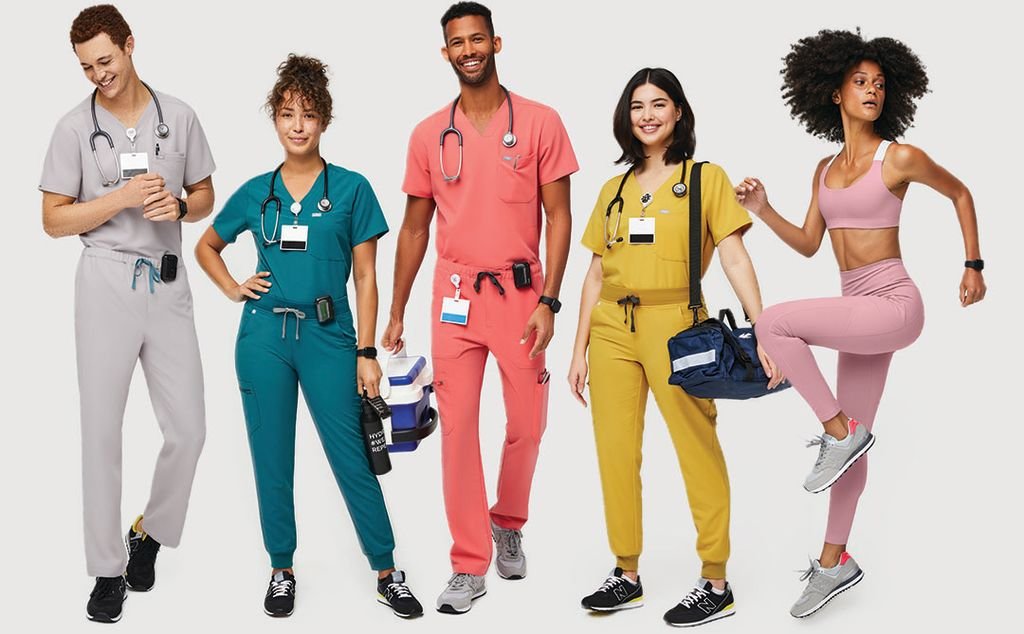Borrowing user personas from aspirational brands.
Design story.
One of the main challenges in large transformation or change, is identifying and prioritising the most critical areas for improvement.
Getting to the starting point, often involves understanding the current state of the customer experience across various touch-points, determining where the biggest pain points or where opportunities lie, and aligning these with the company's overall business objectives and customer needs. Additionally, gaining buy-in and support from key stakeholders and ensuring alignment across departments can also be challenging during the initial stages of transformation.
Traditionally, change starts from a clear picture of the current state. What if that itself is to hard to generate? What if using this approach requires a culture and modes of collaboration that are entirely new? This design story examines an applied example where the starting point for change is an example of excellence. Its a type of reverse engineering exercise that was successful at using comparison to drive focus and effort.
Client.
The Medical Defence Union is one of three major medical defence organisations in the United Kingdom, offering professional medical indemnity for clinical negligence claims and advice provided by medico-legal experts for its members. As a CX consultant, I happened upon a rather sly cheat code, which we’ll just call, other people’s personas. As the name suggests, this approach borrows other people’s personas to improve your own products and services. It sounds a bit strange but follow along.
Challenge.
The MDU is a 150-year old organisation whose history pre-dates the NHS. How they arrived in a situation that threatens their existence is complex, as is their product offering. They didn’t have effective tools, processes and teams keeping track of their customer experience. Traditional methods to deliver change would require them to invest in developing a clear view of the current state - an endeavour that would itself be quite difficult to achieve. How can organisations with complex operating models, deep rooted cultural issues, and limited visibility of customer challenges find a starting point to deliver change?
Approach.
Humans have the most evolved communication patterns. Our use of analogy, simile, and metaphors for example allow us to describe situations in a compelling way. Why? Because these points of reference are effective at transferring a complex idea. If you didn’t know what a menu item was, someone would describe it using comparison. While designers and consultants prefer the use of known frameworks - clients themselves are desperate to share what they want instead by these means. Why not start with the language they prefer and build?
MDU customers and leaders describe an experience using words like community, value, pride, and innovative. Our approach was to start from these terms by finding a reference that does this well. In that case, we were looking for a brand. From a design perspective I wanted to know if we could reverse engineer their success to understand the steps we ourselves would need to take.
Meet FIGS.
FIGS have transformed the workwear industry. Their relationship with medics is a masterclass in customer experience. Completely tuned into the lives and challenges of people working in the medical industry, they’ve developed products with and for their community. While they operate in a completely different industry, we share the same customers.
Could we build a similar relationship?
Ethics.
Some brands just understand their customers so well - you can see it.
They just get it. Is there a case for being more than just inspired by another brands work? Is it ok to use other people’s personas when developing or improving your own products and services?
Yes.
How O.P.P works.
Follow these steps
Find a brand that also shares the same group of customers as your own.
Gather information about their brand, products, journeys etc.
Interview your customers about that brand.
Take note of their experiences and journeys.
Infer the brand's design choices.
Compare journeys and experiences.
Create desired personas.
Start using new personas.
Why O.P.P works.
The reason other people’s personas works is the same as evidence supporting reverse engineering. Reverse engineering works in customer experience by providing both a context for discovery and a starting point.
By deconstructing and understanding the elements that contribute to successful customer experiences in brands that share the same audience, it’s possible to gain a strategic advantage. Our approach examined another brands interactions, touch-points, and service offerings. This discovery helped to identify best practices, potential areas for innovation, and opportunities for improvement within our own customer experience strategy. Other people’s personas was successful as an approach because it gave us a starting point to inform strategic discussions and align stakeholders. Remember, many brands are seeking the attention of your customers, not just your direct competitors. By studying their tactics, it is possible to learn faster.
Results.
Using another brands personas is a reverse engineering approach that implies that one brand admires another’s customer relationships - this is both ethical and clever. While there are some limitations to this approach, we kept our expectations reasonable and within a specific context. On day 1 it was impossible to determine where to start and this method helped us to start the process, define the problem spaces, and provide the context and culture for collaboration. We learned a lot from FIGS and were able to apply this to our existing journeys, propositions, and roadmap.
We asked our customers about their experience with the FIGS brand.
We learned how FIGS built a relationship with our customers right under our noses.
We developed our own “FIGS personas” and used them as a benchmark to test our current and future journeys.
You can do this too.
If you are interested in using other people’s personas, I can show you how.


